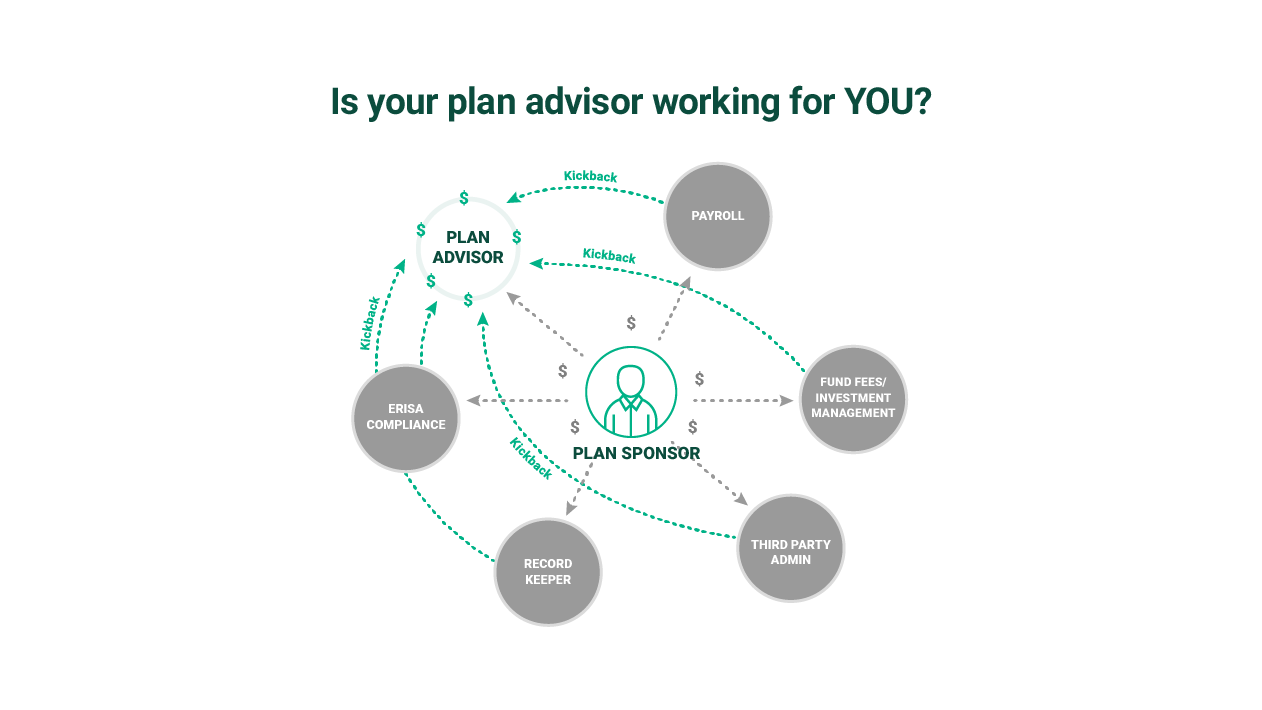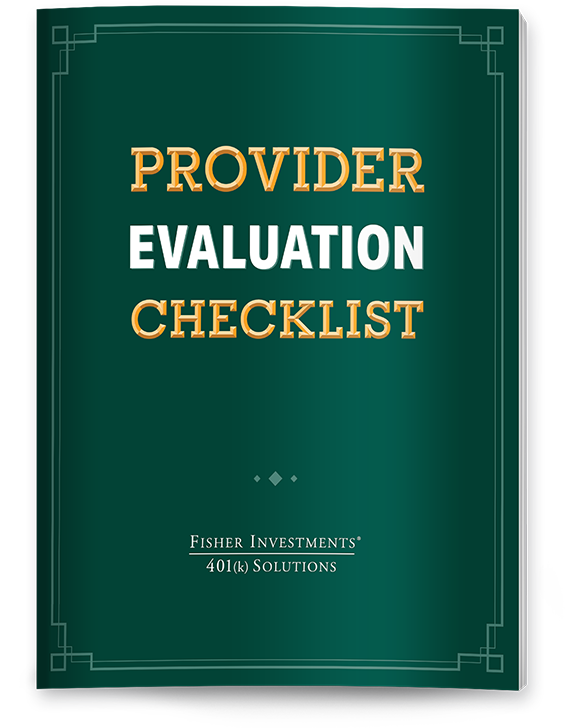Business 401(k) Services / Tax Savings
Tax Credit And Deductions
Did you know that starting a retirement plan is more affordable today than it’s ever been before?
That’s because the SECURE Act 2.0 (Setting Every Community Up for Retirement Enhancement Act, Dec 2022) includes a provision that gives a substantial tax credit for small businesses that start a retirement plan, including a 401(k) plan. The tax credit can be as much as $5,500 per year up to three years plus up to $1,000 per eligible employee for the first five years1, and the best part is that this isn’t just a tax deduction, it’s a tax credit—which means actual money in your pocket.
This may seem too good to be true, but it’s real! We’ve put together a list of FAQs to help small business owners understand how to take advantage of this impactful new tax credit.
What Is The New Retirement Plan Tax Credit?
The new retirement plan tax credit is designed to offset up to 100% of the cost of starting a retirement plan for the first 3 years of the plan. The purpose of the tax credit is to make it easier for small businesses to provide a retirement plan for their employees, thus giving more American workers access to a retirement plan.
How Much Is The Start-up Plan Tax Credit?
The start-up plan tax credit is as much as $5,500 per year for the first three years plus up to $1,000 per eligible employee for the first five years.
Who Is Eligible For The New Retirement Plan Tax Credit?
To be eligible for the new retirement plan tax credit, a small business must have no more than 100 employees and be starting a retirement plan. See below for a full list of requirements:
- Have fewer than 100 employees
- Have at least 1 employee who is a non-highly compensated employee (NHCE). A NHCE is an employee who makes less than $160,000, and does not own more than 5% of the company
- Start a qualified retirement plan
- Not have sponsored a qualified retirement plan covering substantially the same group of employees for the past 3 years
What Is A Non-highly Compensated Employee?
A non-highly compensated employee (NHCE) is an employee who makes less than $150,00/year, and does not own more than 5% of the company
How Does The SECURE 2.0 Tax Credit Work?
The SECURE Act tax credit can offset up to 100% of annual eligible costs to set up and run a new retirement plan. The credit can be as much as $5,500/year for the first three years of the plan plus up to $1,000 per eligible employee for the first five years. This is a tax credit, not a reimbursement or write off, which means the tax credit is subtracted directly from total federal income tax owed.
Which Costs Are Eligible For The SECURE 2.0 Tax Credit?
Retirement plan costs that are eligible for the new SECURE Act tax credit include administration, recordkeeping, and advisory fees. A full list is below:
- Administration fees
- Recordkeeping fees
- Advisory fees
- Set-up fees
- Employee education fees.
How Is The Start-up Retirement Plan Tax Credit Calculated?
The start-up retirement plan tax credit is calculated by multiplying the number of non-highly compensated employees by $250. There are a few additional parameters to consider:
- The annual tax credit will be the greater of $500, OR $250 for every eligible NHCE
- The annual tax credit may not exceed $5,000 or 100% of total eligible plan costs
- Plans that add automatic enrollment get a bonus tax credit of an additional $500 per year
This means businesses are eligible for up to $5,500 per year for the first three years of the plan plus up to $1,000 per eligible employee for the first five years.
How Can The Tax Credit Apply To A Business With 10 Employees?
The tax credit can apply to a business with 10 employees by significantly reducing the annual retirement plan cost for the first three years of the plan. See hypothetical example below:
ABC Company has 15 NHCEs so the base tax credit for starting a plan is $3,750 (15 x $250) per year. In addition, because they utilize auto-enrollment, the company receives an additional tax credit of $500 per year. If the company also provides an employer contribution, they could also get an additional tax credit of up to $1000 per eligible employee.
Which Retirement Plans Are Eligible For The Start-up Retirement Plan Tax Credit?
Retirement plans that are eligible for the start-up retirement plan tax credit include start-up 401(K)s, SEP IRAs, and SIMPLE IRAs. Solo(k) and 403(b) plans are not eligible.
How Do I Claim My New Retirement Plan Tax Credit?
The new retirement plan tax credit is subtracted from total federal income tax owed, and is claimed by filing IRS Form 8881 (Credit for Small Employer Pension Plan Startup Costs) with your tax return. Any remaining plan fees that are paid by the sponsor and aren’t offset by the tax credit become tax-deductible business expenses.
Is Now A Good Time To Start A Retirement Plan?
Because of this impactful tax credit, there has never been a better time to start a retirement plan. Fisher Investments is a top-rated financial adviser helping business owners set up hassle-free affordable retirement plans. Find out more here.
1Businesses that make an employer contribution are eligible for an additional tax credit of up to $1,000 per employee equal to the applicable percentage of eligible employer contribution. This portion of the tax credit is applicable for businesses with up to 50 employees, is phased out for businesses with 51-100 employees, is not applicable to defined benefit plan contributions, and does not apply to contributions made to employees making in excess of $100,000 in annual wages (indexed).

See our Business 401(k) Insights
Resources and articles to help your business with retirement plan support, optimization and administration.







